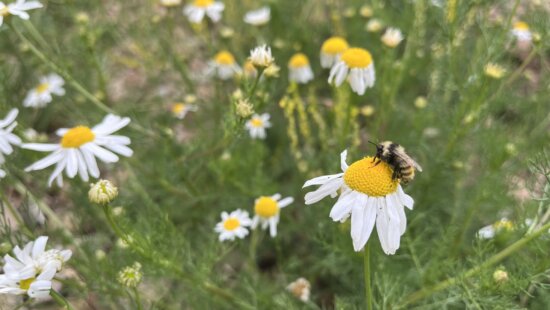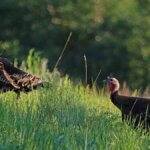Environment
Wildflower Wednesday: Rare hybrid cactus blooming across Park City hillsides
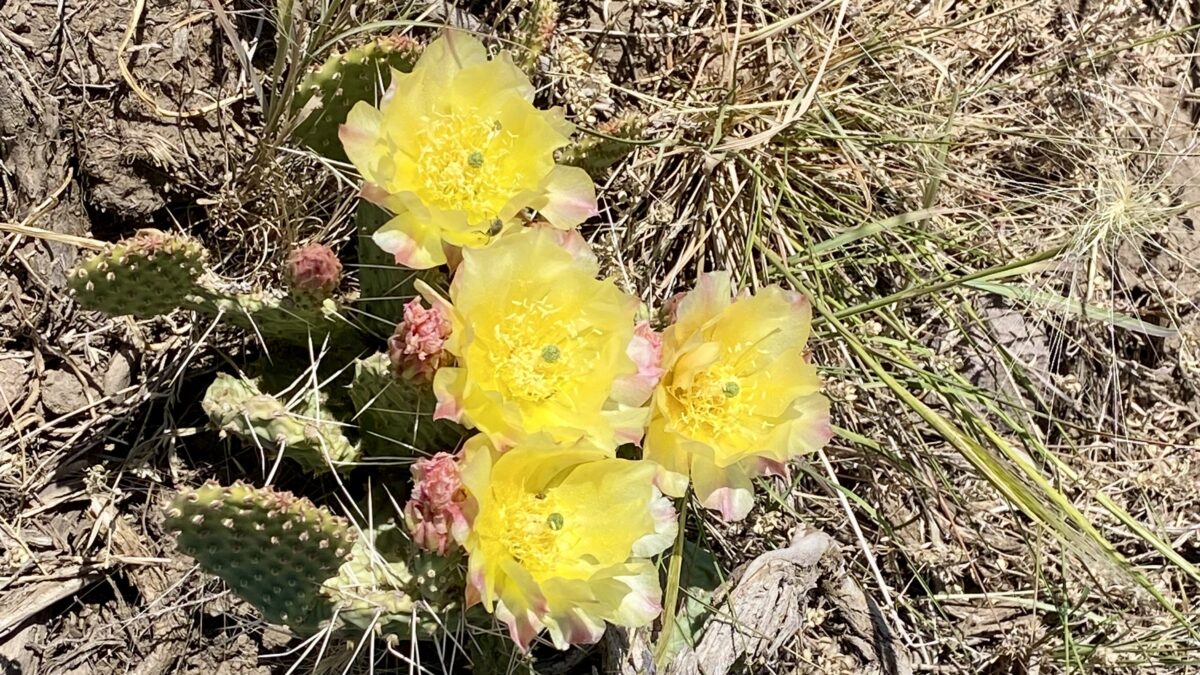
Photo: Michelle Roepke
PARK CITY, Utah — Though not a typical wildflower, the cactus blooming across Summit County’s rocky hillsides deserves its moment in the spotlight. This rare, unnamed hybrid pricklypear (Opuntia sp.) is a unique northern Utah native that, according to Tony Frates, Utah Rare Plant Guide Coordinator, is “relictual” in nature—its parent species largely absent from the region today.
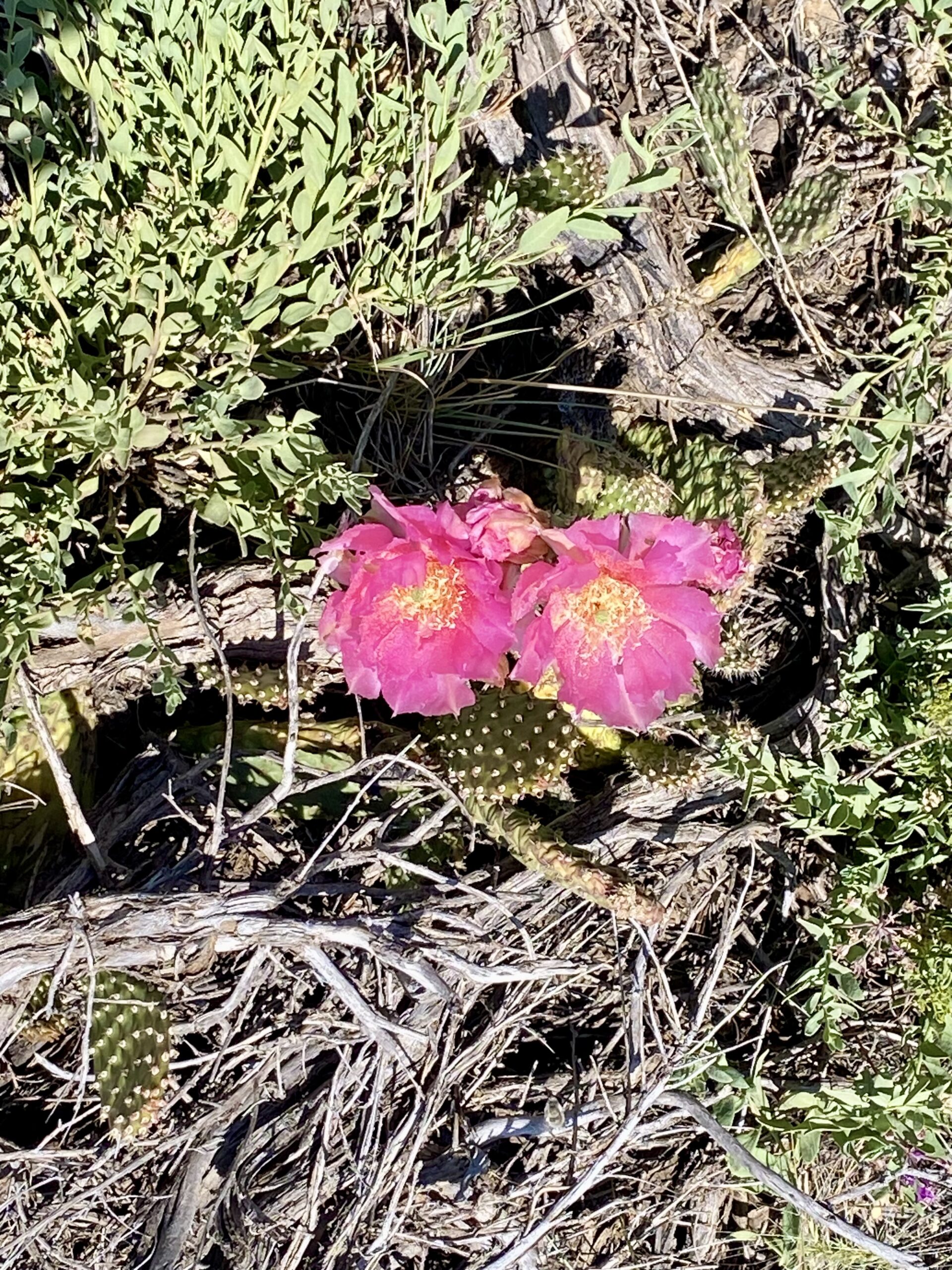
Frates, who has studied Opuntia in Utah for over 40 years, explains that cacti like this one are considered wildflowers, even if they’re not always classified that way in popular imagination. “They are perennials and potentially long-lived,” he notes, “and can be easily propagated without digging up the plant.” Though sometimes described as “woody” plants, most people don’t think of them in that category.
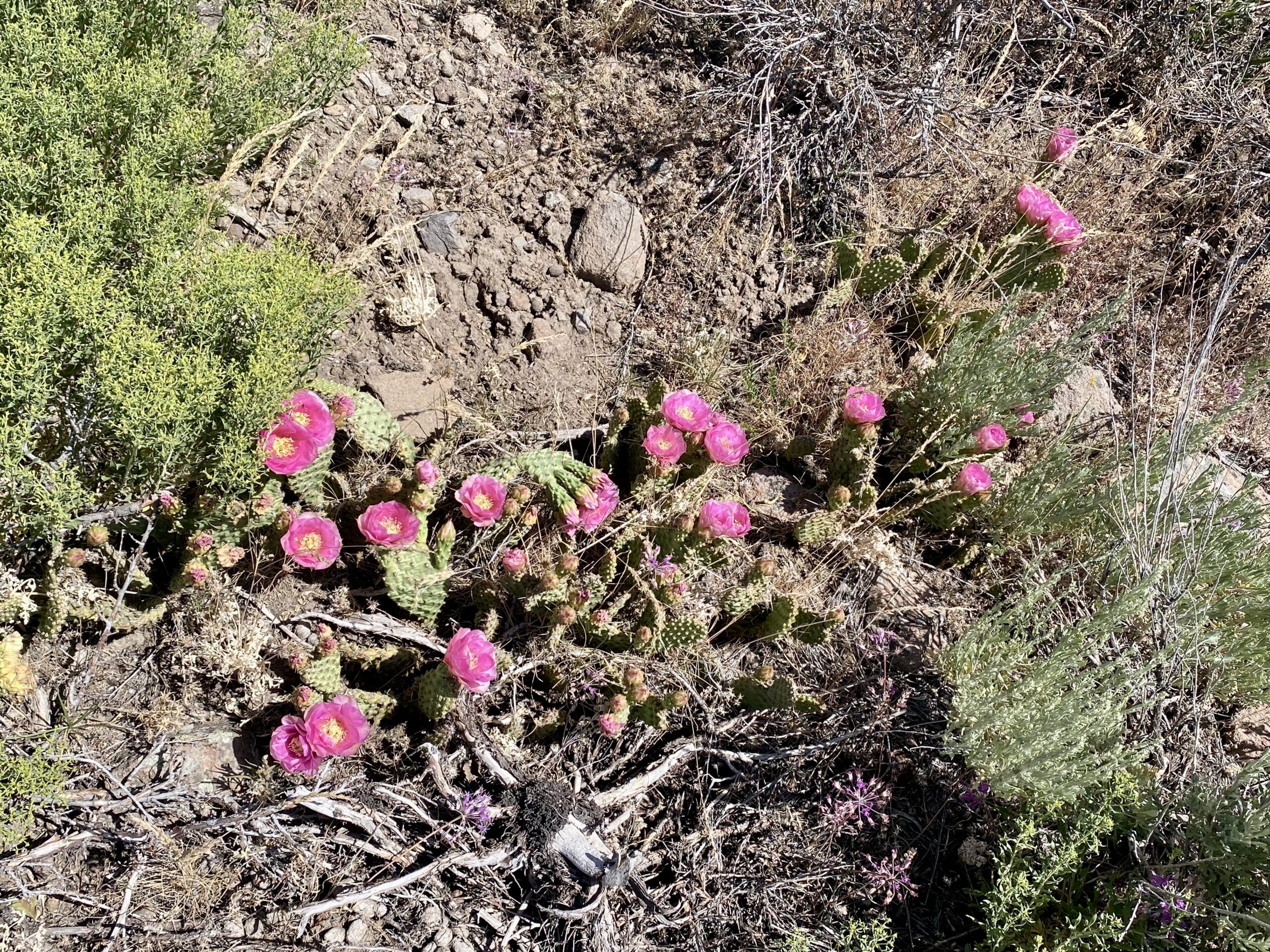
This northern Utah hybrid pricklypear frequently displays yellow as well as pink flowers. Its pads, also called joints or cladodes, are highly variable—ranging from almost entirely spineless to heavily spined. That variability has contributed to decades of confusion, Frates says, because standard plant identification keys for Opuntia often don’t apply cleanly. Hybridization is common within the genus, he adds, and is a major driver of speciation among pricklypears.
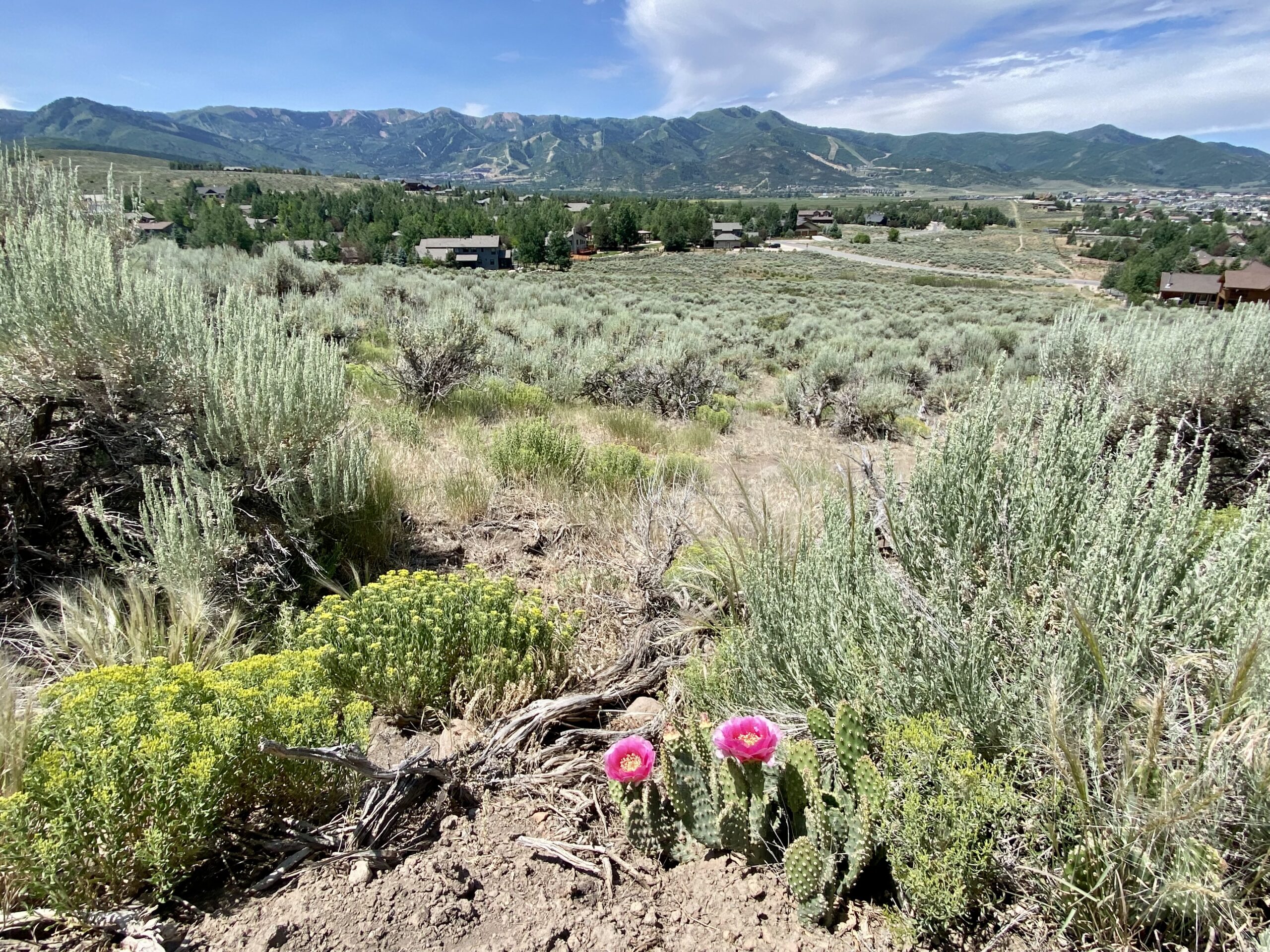
Frates describes this hybrid as “relictual” because its parent species are no longer present in much of their former range, including areas around Park City and Parley’s Park. While exact rarity is hard to quantify, Frates reports that the hybrid is restricted to northern Utah counties including Davis, Salt Lake, Summit, Tooele, Utah, Wasatch, and Weber. Extensive habitat loss from development, invasive grasses, and other introduced plants has made this cactus far less common than it once was.
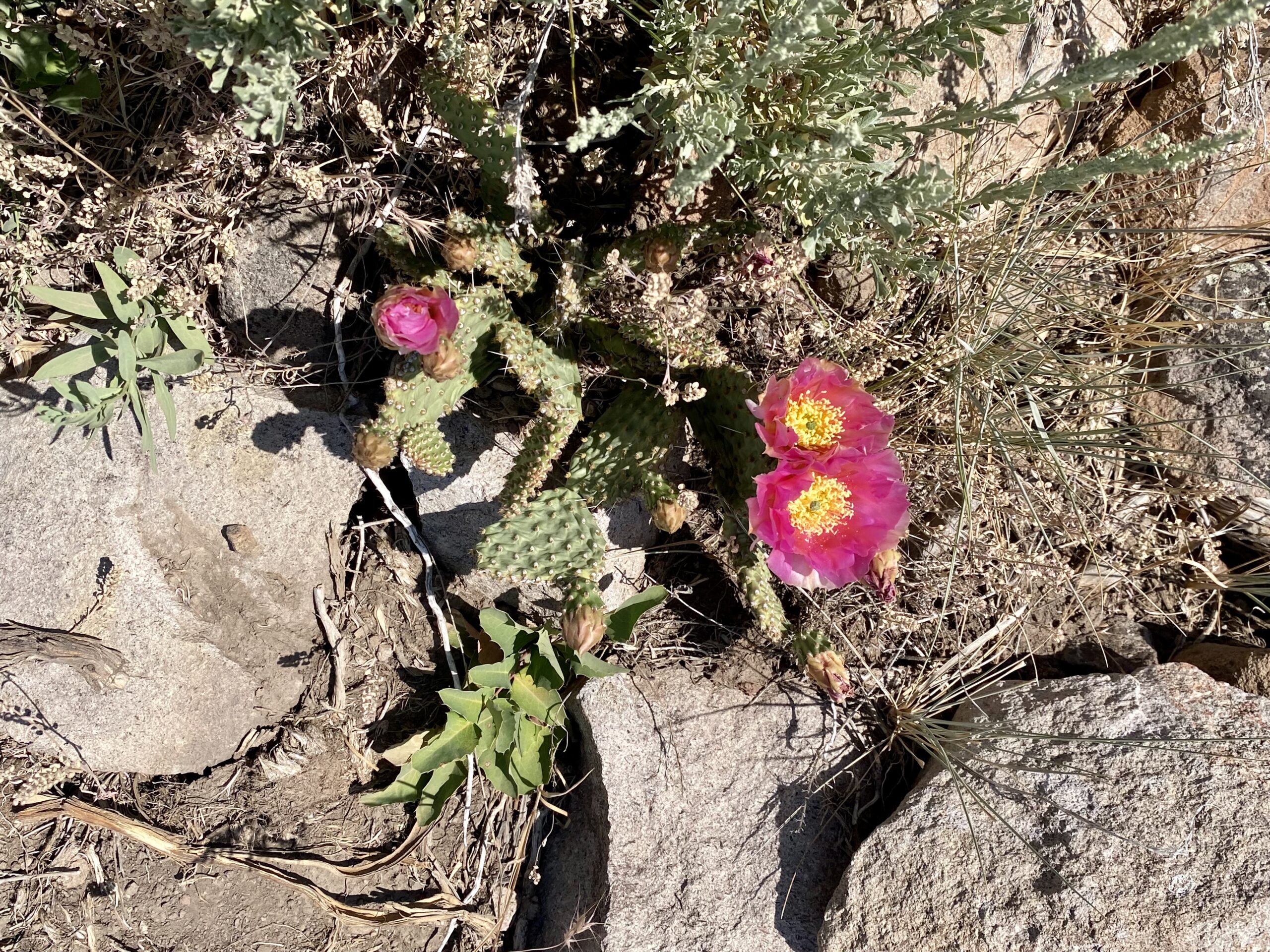
As summer unfolds, these hardy plants brighten Utah’s high desert transition zones with their vibrant blooms—a vivid reminder of the resilience and complexity of native flora.
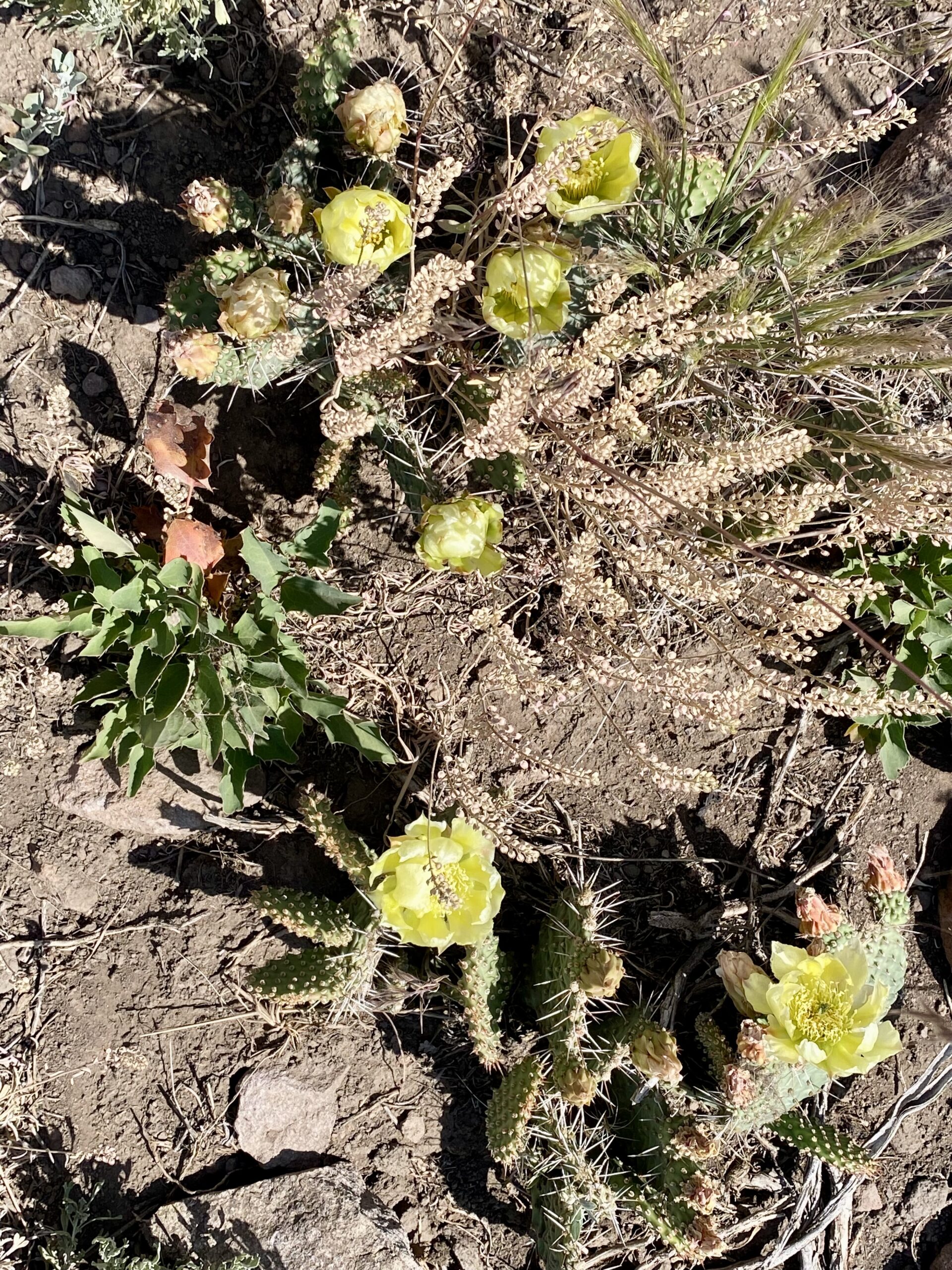
Botanical insight and identification provided by Tony Frates, Utah Rare Plant Guide Coordinator. For more, visit utahrareplants.org.
Have photos/videos of wildflowers from the trail? Share with tips@townlift.com for a chance to be featured!

















